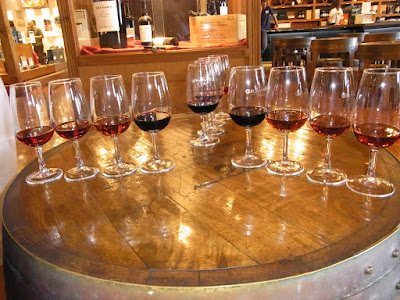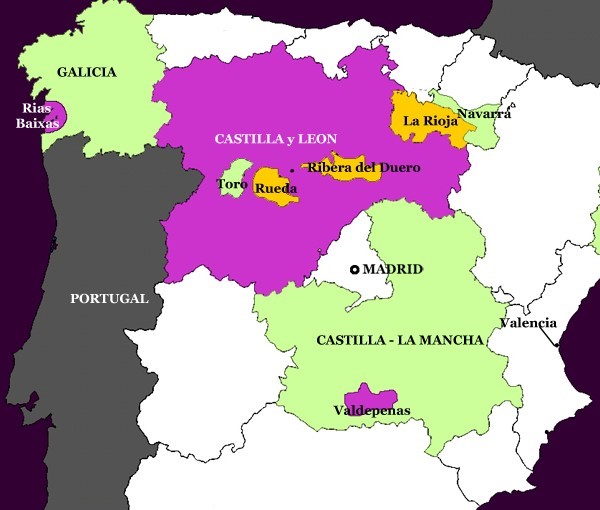Up until nearly twenty years ago, Portugal was synonymous among serious wine aficionados with Port. The grapes for all Port are grown in the Douro Valley some eighty miles inland from the seaside town of Porto. While non-Port (table wine) was always produced in the Douro, it was made only for local consumption. But, all of this has dramatically changed. Case in point: the Wine Spectator’s Top 100 Wines of 2023 listed in the coveted eleventh spot a table wine from the Douro Valley. Indeed, the Douro Valley has become a rock-star for their non-Port wine.
The biggest change moving the Douro Valley from a Port-only area to a dual focus of Port, as well as table wines, occurred in the 1990’s after Portugal entered the European Union. EU funds became available for supporting businesses that wanted to expand, as well as new wine producers who saw the promise of the Port grape region for making table wines. It wasn’t long before Port wineries started to offer table wines on their shelves, and new winemakers armed with serious credentials from universities flocked to the rugged region with the sole purpose of making great quality table wine.
Fast forward to 2004 when Robert Parker gave an earth-shaking 95 points to a Douro Valley table wine. That same year the highly regarded Decanter Magazine (Britain’s version of Wine Spectator), gave a Gold Medal to a Douro table wine. Then, in 2010 the Wine Spectator listed in their Top Ten Wines in the World a Douro Valley wine in its ninth position. In less than twenty years, the underdog Douro Valley catapulted itself to the world stage for non-Port wine.
Wine-Knows will be
spending two nights in the Douro Valley this autumn and will be visiting two
super-star wineries. Both properties
produce some of the Douro’s highest scoring Port, as well as table wines. Wine-Knows are being hosted for a private
dinner at one of these wineries, and a full line-up of their most prestigious wines
will be served.
As they say in Portugal, bom apetite!




























